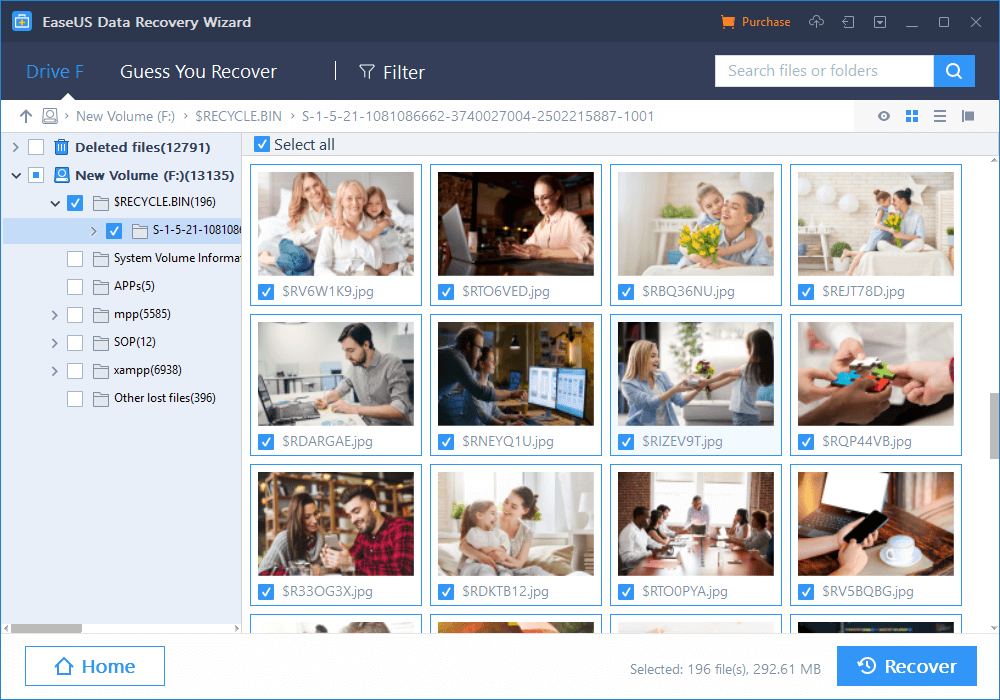In the current scenario, it won’t be wrong to compare the influence and power of money and relevant data or information. From personal information like passwords of bank accounts to classified government data like nuclear codes, everything is considered data of some type or the other. Loss of such data is not only detrimental on a personal level but can have an immense negative effect on a commercial stage as well.
For example, on a personal level, if you are working on an important project or document on your computer and suddenly all you see is a black screen? Such an occurrence can be an indication of either of the three things – system crash, hard disk failure, or some other related problems that have prompted the system to shut down suddenly, resulting in data loss.
Similarly, for business, data is one of the most powerful weapons in its arsenal as it provides in-depth insights into the target market, customers, products, and competitors. Such an extensive database is not created overnight and is collated over the years through a variety of hosts. Thus, sudden loss of such data can prove to be quite detrimental to the success of the firm. As a matter fact, the Clutch states that 58 percent of the businesses are not prepared to handle data loss, despite the fact that 60 percent of the commercial establishment was forced to close down within six months of losing crucial data. In the same report, it was revealed that 29 percent of the data loss caused by hard drive failures took place unintentionally by accident.
What is Data Recovery?
For the uninitiated, data recovery is the process of recovering information from any type of storage after an incident of data loss. To put it simply, the process of data recovery uses a set of methods to recover or recall lost information and data. Data recovery methods can also be applied for the recall of inaccessible, corrupted, and accidentally deleted data.
This process is mostly used to recover data from external or internal storage devices like hards disks, USB drives, CDs, solid-state drives (SSD), magnetic tapes, memory tapes, and many other similar devices. In commercial establishments, the same would entail information restoration and recovery from a desktop, external storage unit, or laptop.
How to Recover Lost Data?
To prevent any kind of data loss, the best thing to do is to use a high-quality data recovery software. These softwares are specially created to recover, restore, and repair lost, corrupted, and deleted data files, storage media, databases, as well as corrupted partitions. The best way to choose a data recovery software is to use the free demo version of the software to get an idea of its features and capabilities. Nowadays, almost all data recovery software offers a free trial version to its prospective customers to convince them of the data recovery prowess.
Using the free version of the data recovery software is the best way to evaluate the capabilities of the program before purchasing it. Conduct a test run by applying the data recovery software on the drive or backup device to see if it successfully restores the data or not. Using the demo version is a reliable way of testing the performance, features, user-friendliness, and speed of the software before actually buying it.
Features to Look for When Buying a Data Recovery Software
1. Formatted Recovery: The software you purchase must be able to conduct formatted recovery, which can recover the data erased from the address tables.
2. Recovering Accidentally Deleted Files: the software must be able to retrieve files lost due to a sudden virus attack or deleted unintentionally.
3. Recovery of Recycle Bin Empty Data: Often we realize the loss of an important file only after clearing off the recycling bin permanently. A good data recovery software must be able to recover the recycle bin empty data.
4. Hard Drive Damage: Damage to the hard drive corrupts the storage unit rendering it inaccessible. A high-quality data recovery software not only repairs the hard drive but also recovers the data lost in the process.
These are some of the most basic and crucial features to look for in a data recovery software. Apart from that, there are many more features associated with such softwares that depend solely on the user’s requirement. Therefore, carry out a thorough research before making a final decision with regards to the purchase of the software.
![]()



